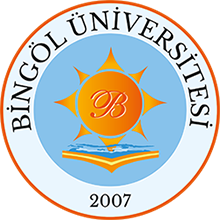Testing the Effects of Moisture on Seedcoat Color of Pinto Dry Beans
Göster/
Tarih
2001Yazar
Ergun, Muharrem
Paparozzi, E
Coyne, D
Smith, D
Kachman, S
Nuland, D S
Üst veri
Tüm öğe kaydını gösterÖzet
Seedcoat color is an important trait, as it affects marketing and consumer acceptance of pinto beans (Phaseolus vulgaris L.). Pinto breeding line NE 94-4 showed seedcoat yellowing in on-farm field trials in Nebraska in 1996 and 1997. Hail, sprinkler irrigation, and fall rainfall appeared to be involved in increasing seedcoat yellowing, based on analysis of field and weather data of on-farm trial sites. The objective of this study was to determine the effect of moisture on seedcoat yellowing of pinto line NE 94-4 (susceptible) and pinto `UI-114' (highly resistant). Two greenhouse experiments were conducted involving misting of bean plants near maturity and injecting water into maturing bean pods. Another experiment evaluated the response of seeds of these two bean entries to moisture by placing them on moist filter paper in petri dishes in the laboratory. Results showed that both genotype and moisture content are involved in seedcoat yellowing. This simple, cheap, and effective filter paper test was then used to evaluate seedcoat yellowing of nine pinto genotypes in response to moisture. Pinto NE 94-4 and `Kodiak' showed the greatest change, while `Bill Z' showed the least change, in seedcoat color.
Bağlantı
http://hortsci.ashspublications.org/content/36/2/302.abstracthttp://hdl.handle.net/11472/759
Koleksiyonlar

DSpace@BİNGÖL by Bingöl University Institutional Repository is licensed under a Creative Commons Attribution-NonCommercial-NoDerivs 4.0 Unported License..













